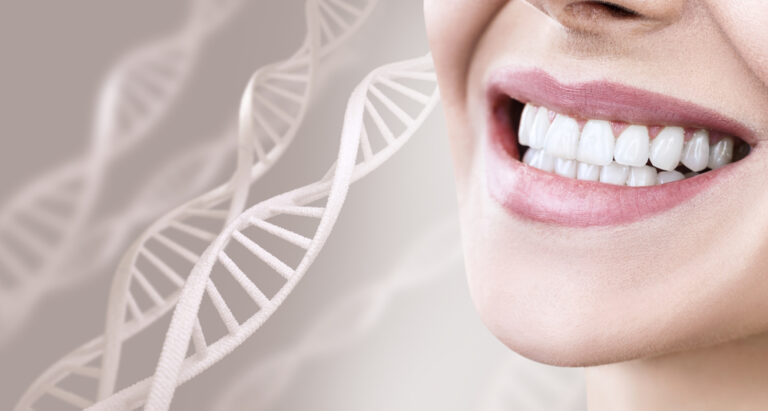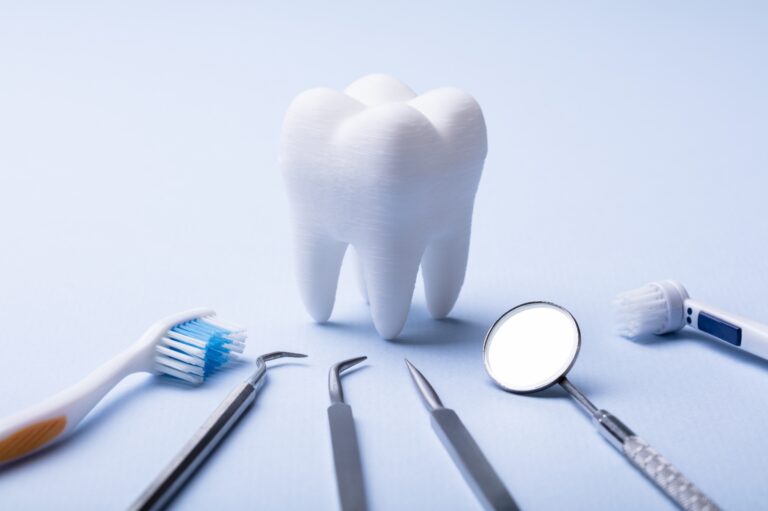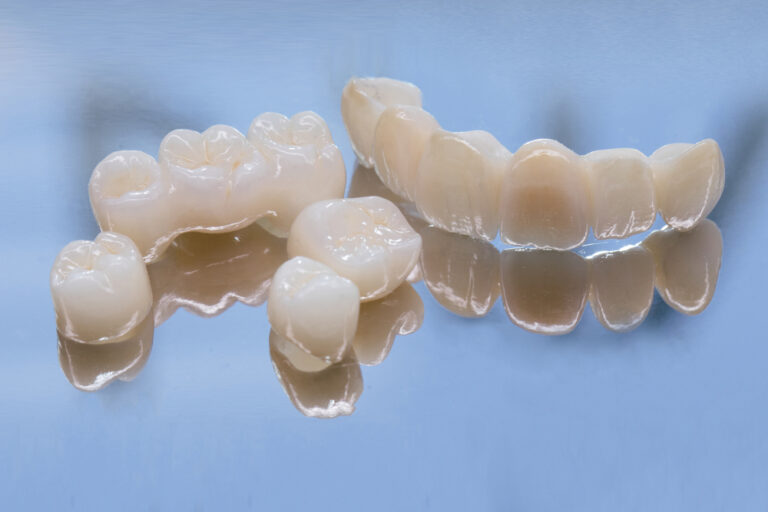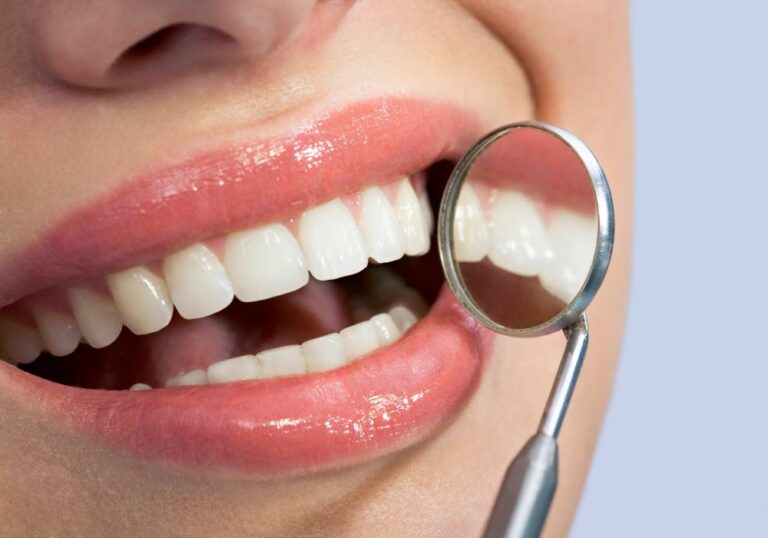What are canine teeth and why do we have them?
Canine teeth, also known as cuspids, are the pointed, cone-shaped teeth that sit next to the incisors and premolars in the upper and lower jaws. In humans, there are 4 canine teeth – 2 in the upper jaw and 2 in the lower. Canines are our longest teeth, designed for gripping and tearing food.
Human canines serve several important purposes:
- Tearing and gripping food – The sharp, pointed edges of the canines along with their length enable them to puncture and grip food. This helps tear meat, fibrous vegetables, and other tough foods during chewing. The canines complement the incisors, which bite off and cut pieces of food.
- Self-defense – Before humans developed tools, canines would have helped our ancestors defend themselves from predators or enemies. The canines could be used to bite an attacker as a form of defense or aggression. They served as weapons along with fists.
- Display – In some primate species, canines are larger in males and can be a visual display of dominance, strength, and virility. Large canines may have conveyed social status for early humans.
- Holding objects – The pointed shape of canines allows them to grip and hold objects like primates hold branches. This enabled early humans to use their teeth like a tool for tasks like stripping bark from trees.
- Tearing hides & clothing – Tough canines were useful for ripping and working animal hides and vegetation to create clothing, bags, cordage and other items before proper tools were developed.
So in summary, the main original functions of our canine teeth were puncturing, gripping, and tearing food as well as for display, defense, and crude tool use. Early humans relied heavily on their canines for survival tasks.
Do I really need my canine teeth as an adult?
While canine teeth served an essential survival purpose in our early ancestors, some people may wonder if modern humans need their canines given our change in diet and lifestyles. Let’s look at reasons you may or may not need your canine teeth as a modern adult:
Reasons you may not need your canine teeth
- Softer, processed foods – With the rise of softer, finely-processed foods in the modern diet, some argue human canines are less important for biting and chewing tough items.
- Use of utensils – Knives, forks and other utensils provide an alternative way to cut meat and other foods, reducing the need for tearing with our teeth.
- Less meat-based diets – Some modern diets such as vegetarianism remove the need to tear meat and other tough animal products like tendons or hides.
- No self-defense need – We have developed tools, weapons and laws, removing the primal requirement for using canines to defend ourselves from threats.
- No need for display – Social statuses are conveyed through other means, eliminating the need for enlarged canines as a display of dominance.
- Use of tools – We have endless specialized tools for tasks like cutting, gripping, stripping and crafting items, unlike our primitive ancestors.
Reasons you likely still need your canine teeth
- Chewing efficiency – Having canines allows for more balanced, effective chewing by distributing forces across all teeth in the jaw. Missing canines can reduce chewing performance.
- Maintaining space/alignment – Canines help maintain the correct space in the upper and lower dental arches and the alignment of other teeth. Loss of canines risks teeth shifting.
- Chewing hard foods – While softer foods are more common, we still need to chew many hard or tough foods. Canines help break down foods like raw vegetables, seeds, nuts and dried fruits.
- Cutting meat – Canines help cut and tear poultry, steak and other meat products, even when utensils are used to cut large pieces.
- Tearing connective tissue – Canines are useful for tearing the connective tissue in meat and poultry.
- Incisal guidance – Canines guide the motion of the lower jaw, stabilizing closure for chewing. Missing lower canines reduces this guidance.
- Speech – Your teeth play a role in proper speech and pronunciation. Loss of canines can affect how certain sounds are produced.
- Appearance – Canines provide an aesthetic, attractive appearance to your smile and face. Missing canines detract from appearance.
So while they may not be essential for primal survival like in our ancestors, modern humans still benefit greatly from having canine teeth as part of regular chewing and eating a variety of foods. They help us effectively bite, cut and process both hard and soft foods.
What are the risks of removing healthy canine teeth?
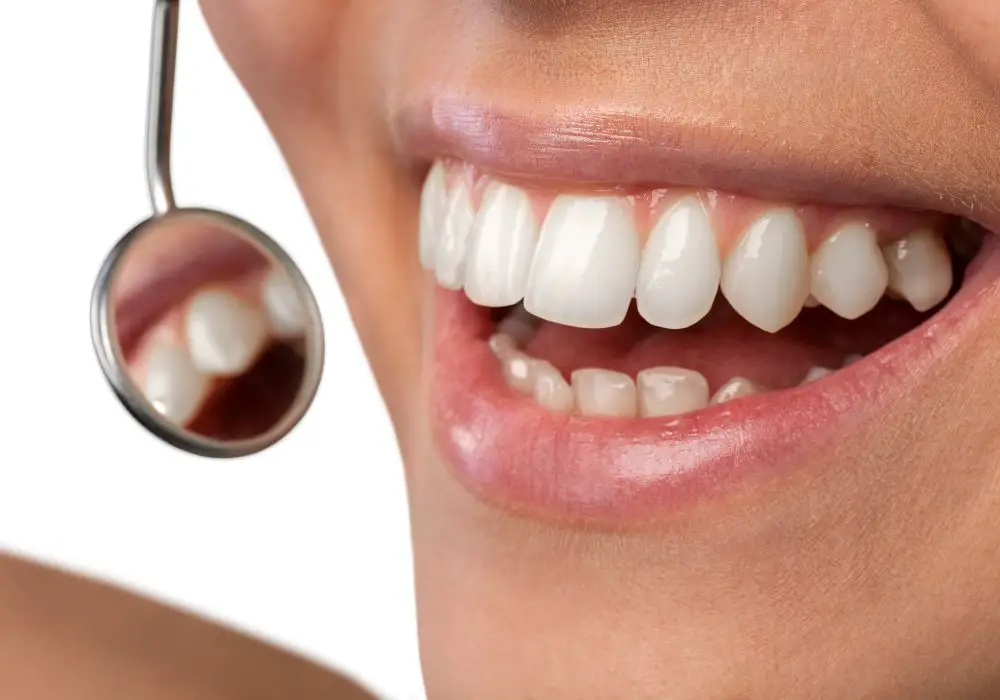
Having healthy canine teeth removed can pose a number of oral health and functional risks including:
- Chewing problems – As outlined above, the canine teeth play an important role in chewing efficiency and breaking down food. Your chewing forces will likely be impaired.
- Tooth migration – With a missing canine, the surrounding teeth may gradually drift or twist into the empty space over time. This can cause misalignment of your entire bite.
- TMJ problems – The joint of your jaw may be affected by the imbalance and altered forces on your teeth. This can cause pain, discomfort and problems with jaw movement.
- Bone loss – The loss of chewing stimulation and pressure on the canine area after extraction can cause the jawbone to weaken and deteriorate over time. This often leads to a sunken-in look in the cheek area.
- Periodontal disease – The shifted teeth are prone to more plaque accumulation and can increase risk of gum disease which further destroys bone.
- Increased wear – Having fewer teeth in your mouth means greater force placed on the remaining teeth during chewing. This speeds up attrition and chances of fracture.
- Speech impairment – As mentioned, your teeth play a role in speech. The loss of canines can result in a lisp or other speech problems.
- Cosmetic concerns – Canines are important aesthetically for an attractive smile and balanced facial appearance. You may be quite dissatisfied with the look of missing canines.
- Higher treatment needs – There is a greater chance you will require extensive dental work like bridges, implants, braces or dentures if canines are removed.
So unless the canines are severely diseased, damaged or impacted, it is generally best to try all options to save them and avoid extraction, in order to maintain proper oral function and aesthetics. Be sure to get a second or third professional opinion before extracting healthy canines.
When does removal of canine teeth make sense?
There are certain situations where extraction of the canine teeth is likely the best long-term option:
- Severe tooth decay – If the canine has extreme, irreparable cavities or destruction from decay into the pulp or root.
- Cracks/fractures – Deep cracks or vertical fractures often require extraction as they are very prone to infection and splitting.
- Advanced periodontal disease – If severe gum disease has caused major destruction of the tooth’s supporting bone.
- Injury/trauma – Canine teeth loosened or knocked out from facial trauma may be unable to be saved.
- Crowding/misalignment – Removing a canine is sometimes part of an orthodontic treatment plan to correct severe crowding.
- Tooth resorption – A painful condition where the root is destroyed by the body’s cells. Usually resistant to treatment.
- Cysts or tumors – Canines may be extracted if they are pushing on or endangering removal of jaw cysts/tumors.
- Infection – Associated with certain conditions that greatly increase risk of infection around the root.
- Orthodontic treatment – As above, canines may need to be extracted for reasons related to orthodontic braces or devices.
- Supernumerary teeth – Badly positioned extra non-functional teeth may need removal.
So in these situations, canine tooth extraction is likely the best course of action to resolve the specific dental issues involved. However, still carefully weigh the pros and cons versus trying to save the natural tooth.
What are the options if I need a canine tooth extracted?
If a canine tooth does require extraction, there are a few options for replacing the missing tooth, including:
- Dental implant – An artificial tooth root and crown fused to the jawbone for a permanent, fixed replacement tooth. Preserves bone and chewing function.
- Dental bridge – A false tooth joined to dental crowns on the adjacent teeth. Doesn’t require a dental implant but depends on the neighboring teeth.
- Removable partial denture – A removable acrylic appliance with false teeth to temporarily replace missing teeth. Can feel cumbersome.
- No replacement – Simply leaving the gap. This has serious risks of problems like teeth shifting and bone loss.
Factors like your age, health status, insurance coverage, condition of neighboring teeth, bone density, aesthetic concerns and budget all play a role in determining the ideal way to replace a missing canine tooth. Your dentist will advise you on the best long-term tooth replacement strategy for your needs.
Many dentists consider dental implants to be the preferred option for replacing canines as they provide a replacement root and restore full chewing function and a natural appearance. However, bridges or removable partial dentures may be better suited to some patients’ situations. If possible, it’s wise to avoid the need for extraction altogether by preventing dental disease through good oral hygiene and regular care.
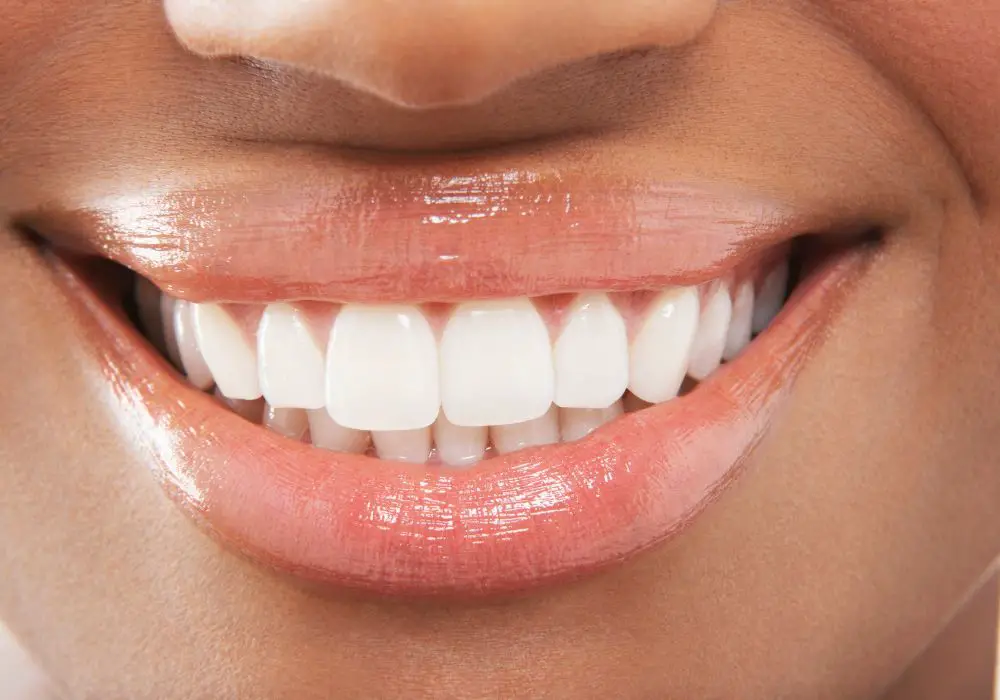
Frequently Asked Questions
Q: Are canine teeth used for biting or chewing?
A: Canine teeth serve dual purposes – their sharp points and edges help puncture and bite off food while their shape aids in gripping, holding and tearing during the chewing process. They complement the incisors which cut pieces of food.
Q: I had one canine tooth removed as a child but never replaced it. What problems could this cause?
A: Having one missing canine tooth long-term can potentially lead to problems like tooth migration, uneven chewing forces, jaw joint issues, and bone loss in the area of the extraction site. It’s highly recommended to replace the missing tooth with an implant, bridge or partial denture if possible.
Q: Are canine teeth the same as dog/wolf teeth?
A: While both are pointy teeth, “dog teeth” or “wolf teeth” refer specifically to the very large, prominent canines seen in the mouths of carnivorous animals like dogs, wolves and cats. Human canines are much smaller in size relative to our other teeth.
Q: I have an overcrowded mouth. Should I consider getting a canine tooth removed?
A: Removing a canine is sometimes an option to relieve severe crowding as part of orthodontic treatment such as braces. However, there are usually alternatives that allow you to keep your natural teeth, like dental expansion devices or interdental reduction. Extracting healthy canines solely for crowding should be a last resort option.
Q: What age do canine teeth normally come in?
A: Canine teeth are the third set of teeth to erupt, after the incisors and first molars. The lower canines usually emerge around age 9-10 years and the upper canines approximately age 11-12 years. So they grow in during the preteen years.
Q: I may need a canine tooth extracted – what is the cost of replacing it?
A: The cost depends on the replacement option, but averages around $1000-$4000 for a dental implant, $500-$1500 for a bridge, and $300-$1000 for a removable partial denture. Many factors affect the actual cost like the dentist/dental specialist, materials used and your location. Dental insurance can cover a portion of these costs if you are insured.

